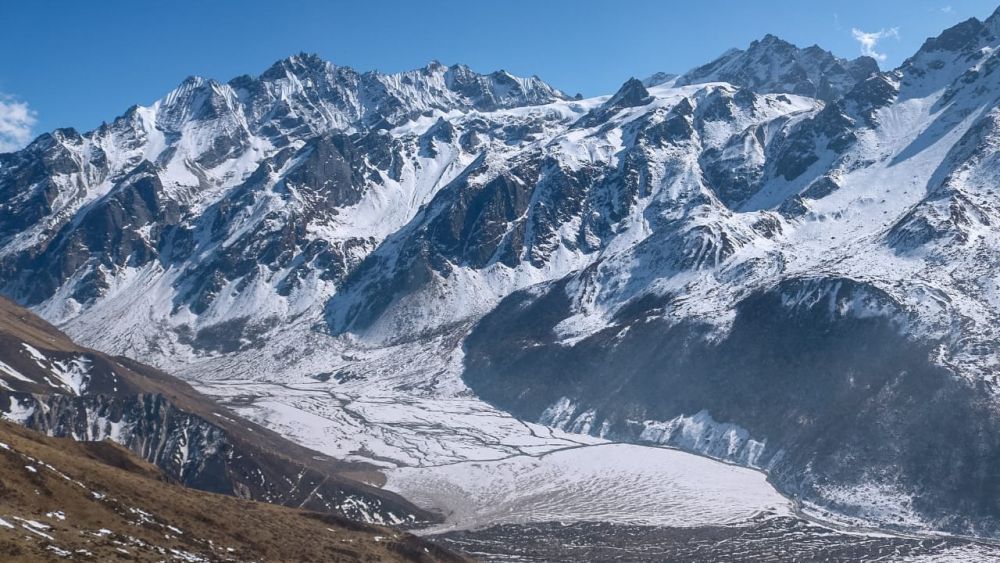The main attractions in Langtang National Park include scenic trekking routes such as Langtang Valley, the holy Gosainkunda lakes, and the serene Helambu region. Tourists can also visit Tibetan villages, encounter diverse wildlife, enjoy views of magnificent peaks like Langtang Lirung, and experience the Tamang and Sherpa culture.

